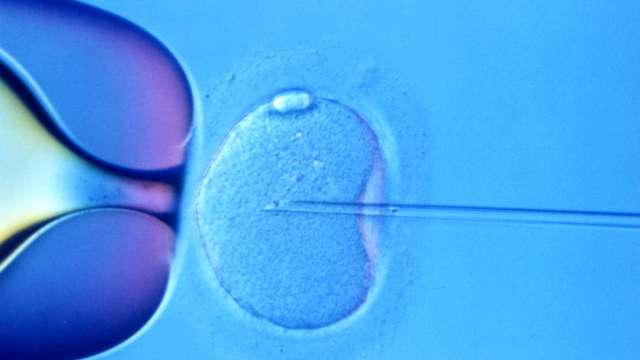
Back in March, I wrote a piece for CatholicVote about FDA evaluation of a process that would create multi-parent embryos:
Things like this always begin for such seemingly noble scientific reasons, don’t they? But they rarely stop there. And of course in addition to creating tri-parent offspring, which creates ethical and genealogical nightmares in its own right, virtually every instance of embryonic modification involves a slew of violations of the moral law, from in-vitro fertilization to the destruction of fertilized human embryos — human life — deemed imperfect or unnecessary to achieve the desired outcome.
This morning, I read a story in The Independent that indicates this isn’t future tech. It already happened. Eighteen years ago.
A private fertility clinic in the United States has launched an investigation into the health of 17 teenagers who were born as a result of a controversial IVF technique that produced the world’s first “three-parent” embryos more than 15 years ago, The Independent can reveal.
The technique – which the US government halted in 2002 – involved mixing the eggs of two women so that the resulting IVF babies inherited genetic material from three individuals in a similar process to that planned in Britain for women carrying maternally inherited mitochondrial disorders.
About 30 IVF babies worldwide are believed to have been born by the technique, known as “cytoplasmic transfer”, including 17 infants at the Saint Barnabas Medical Centre in New Jersey who, until now, have not been checked for any long-term health problems resulting from the technique.
Although the process was stopped over a decade ago, both the US and UK governments are looking into bringing it back. And there are more than a few serious moral and medical problems that will come along with it:
Although there are similarities with cytoplasmic transfer, the HFEA said that the two IVF techniques being proposed for mitochondrial donation in the UK are fundamentally different because they involve the replacement of all mitochondria in a mothers egg with the mitochondria of a donor egg – rather than mixing the two together.
When Dr Cohen’s team published a study in 2001 of two babies who were born with mitochondria from two different “mothers”, the scientists wrote that it was “the first case of human germ-line genetic modification resulting in normal healthy children”.
However, it later emerged that there were two pregnancies where embryos had a missing sex chromosome, known as Turner syndrome – one miscarried and the other was aborted. There was also a case where one of the babies who had developed a “pervasive developmental disorder” in the first year of life, Dr Cohen said. “Whether these anomalies were related to the procedure is unknown. The fact is that the parents could not become pregnant on their own or after conventional IVF. This could have also been the cause of the [Turner syndrome],” Dr Cohen said.
Nature resists tampering for a reason. How many babies have to be sacrificed on the altar of progress before we learn to accept that?


